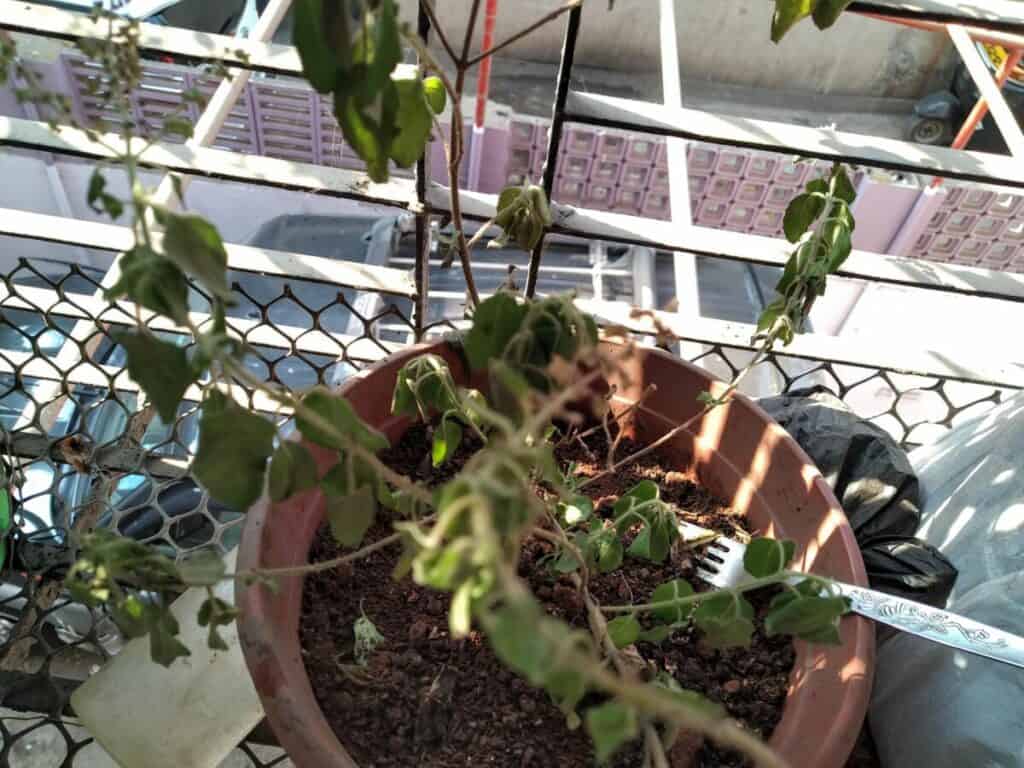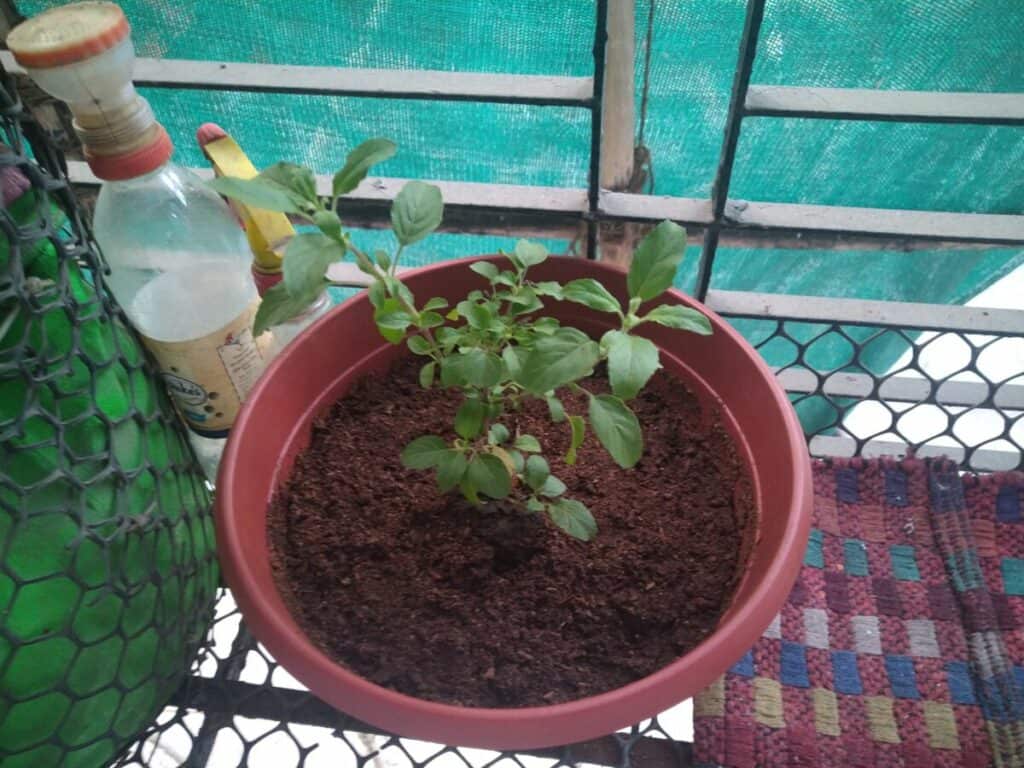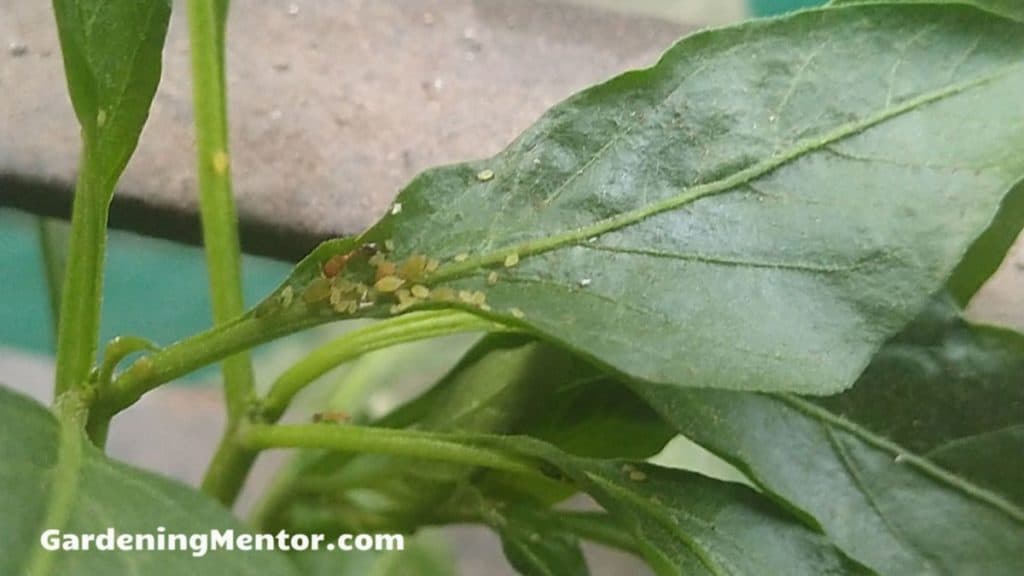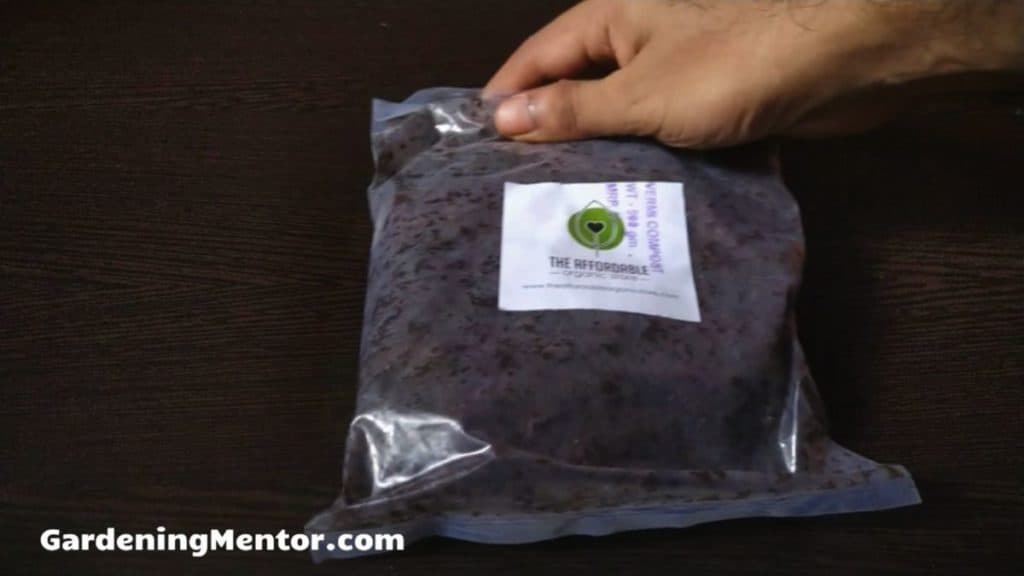I have basil growing in my container garden and found the leaves turning green. So I did some research to figure out the problem and try to fix it.
Your basil is light green because of a lack of required sunlight. The leaves will not be able to generate the required chlorophyll. This may also happen due to lack of nutrients, underwatering, overwatering, or pest and disease problems.
I wanted to know all the possible problems that could cause my basil to turn light green in color. I’ve written all of my information in the post below so you may find it useful as well.
Overwatering or underwatering
The most common reason your basil will turn light green is due to overwatering the plant. This causes the roots of basil to drown and develop rot.
The infected roots are unable to provide sufficient moisture and nutrients to the plant which causes the leaves to turn lighter in color.
The same issue can occur if you underwater the basil plant. The lack of water does not allow the roots to pass the nutrients to the leaves causing them to turn yellow or light in color.
I would suggest keeping the soil moist but not soggy when growing basil. You should inspect the soil every day in the garden when growing basil.
Stick your finger 1-2 inches in the soil and check the moisture. If the tip of your finger feels dry, you can give a good watering to the basil plant.

Diseases
Diseases are another common problem that can cause your basil to turn light green. The most common fungal disease that affects basil is downy mildew.
This fungal infection will grow on the bottom of the leaves causing them to develop small brown spots covered with white strings.
You can prevent fungal infections by keeping the basil plant well aerated and free of moisture on the foliage. Avoid spraying water on the foliage when watering the plant.
You should also prune the basil leaves and branches if you find they are obstructing the airflow among the leaves of the plant.
Keep an eye on the basil plant every day in the garden. You need to trim the infected leaves as soon as you see any infected. This helps prevent the disease from moving to the other leaves or plants.
Lack of sunlight
Your basil plants need full sunlight to grow the best. This means you need to provide it with at least 6-8 hours of sunlight every day.
If the plant does not get the required light, the leaves will turn green due to a lack of nutrients.
If you’re planting basil in the garden, make sure the spot gets the required amount of sunlight. There should not be any obstructions that can cause too much shade. This could be things like a wall, fence, tall plants, or trees.
If you’re growing basil in a container, you can move it to a location that gets full sunlight. This optimal position may change every month with the position of the sun. But you can move the container into the right location.

Too much heat or cold
Basil is a cool-weather plant that likes to grow in temperatures ranging from 50 to 80 degrees. If the temperature goes below 50, the plant will not be able to grow well. If the temperature rises above 80 degrees, the basil plant will bolt producing flowers and seeds.
Both situations discourage the growth of leaves on the basil plant. The plant wants to either reserve its energy or spend it or producing flowers and seeds. And this can make the leaves light green in color.
You want to grow the basil when the outdoor conditions are right. Wait for at least a week after the last frost date to plant basil. You want to plant it in early spring or late summer when the temperature is just right for it.
If you’re growing basil in a container, you can move it indoors when the weather gets too cold or the temperature rises too high for comfort.
Pests

Pests like aphids enjoy making your basil plant as their home. They like to feed on the sap from the leaves of the basil plant.
If there are a few aphids on the leaves, it does not cause much harm. But if there is a large infestation, the leaves will suffer due to a lack of nutrients. This may cause them to turn light green in color.
The best solution to get rid of aphids is to knock them into the soil with a spray of water. Once the aphids are in the soil, they are unable to get back on the leaves.
There are some other pests like caterpillars, spider mites, gnats, and root-knot nematodes that can attack the basil leaves and damage them. You can use a mixture of insecticidal soap and water to get rid of these pests.
You can also use other mixtures like pepper and garlic spray, neem oil, chili spray, or vinegar to get rid of pests on your basil plant.
Lack of nutrients
Your basil plant will need good nutrition once it has developed its true leaves. A lack of the right nutrients will stunt the growth of the basil plant and turn the leaves light green or yellow in color.
I would suggest adding a slow-release fertilizer when preparing the soil for your basil plant. This fertilizer will be released in the soil when you water the basil plant.
You only need to apply this slow-release fertilizer 2-3 times during the growing season to give your basil optimal growth.
The other option you have is to use a liquid fertilizer that provides a quick supply of nutrients to the leaves and roots of the basil plant. You can dilute such liquid fertilizer in water and spray it on the basil plant every 2 weeks.
If you make your own organic compost, you can add it to the soil you’re growing basil in. The organic compost is rich in nutrients as well as beneficial microorganisms that help your basil grow strong and healthy.
Poor quality soil
One of the most important factors when growing basil in the garden is soil quality. Basil prefers soil that is slightly acidic in the 6.5 to 7.5 range.
If the soil contains too much clay or sand, the basil plant roots won’t get the required supply of moisture and aeration. If the soil contains a lot of clay, it will not drain water well causing the basil roots to drown. If the soil contains too much sand, it won’t retain moisture well enough for the basil plant roots.
A lack of nutrients, moisture, and aeration is a common reason why your basil plants are turning light green in color.
The solution is to get your garden soil tested whether it’s suitable to grow basil. You need to make the right amendments as provided by the test. I would recommend keeping adding organic compost to the garden soil to improve it over time.

The other option you have is to grow the basil in a raised-bed garden where you create your own bed of rich, organic soil. You can also consider growing the basil in a container. Use good potting soil that has the right texture to grow basil. It should retain sufficient moisture while draining out the excess.
Natural causes
There are certain varieties of basil that have light green colored leaves. You don’t need to worry about such basil because that’s their natural look.
Another reason your basil leaves may be turning light green is that they are reaching the end of life. The basil is an annual plant that will grow for a year and die.
Once the plant reaches maturity, it will begin to produce flowers and seeds. After that, the basil plant will begin to die.

Fact Checked, Written, and Published by Kevin Rodrigues
Kevin is the founder of Gardening Mentor, a website that aims to teach people to grow their own food in a limited space. As a self-taught gardener, Kevin has spent several years growing plants and creating gardening content on the website. He is certified in Home Horticulture and Organic Gardening from Oregon State University. He has a Post Graduate Diploma in Horticulture and Landscape Gardening from Mumbai University.
Read more
